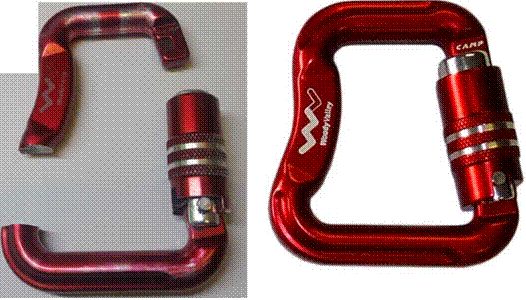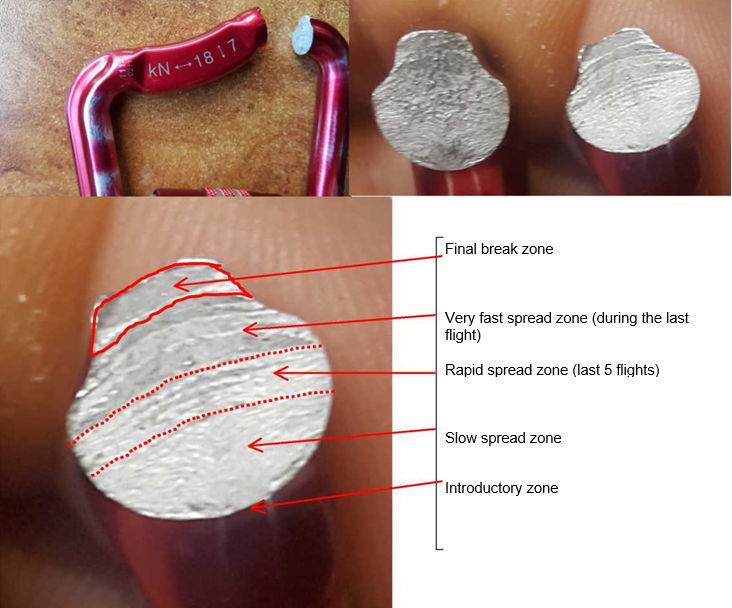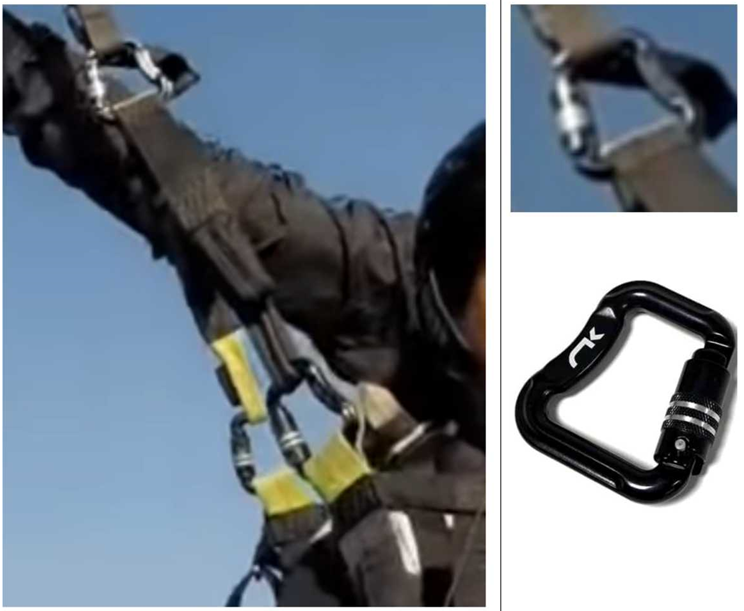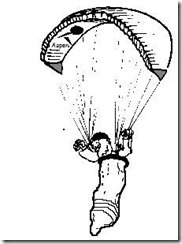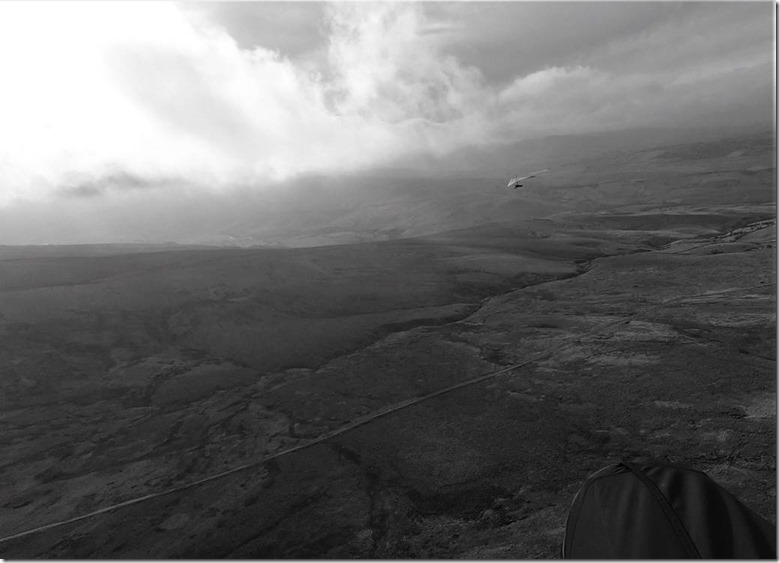Accidents
Accidents on Hang Gliding and Paragliding sites are an unfortunate part of the sport. Summarised below is some guidance in case you should encounter one.
Your first priority at the scene of an accident is to carefully assess the situation. Exactly what has happened? Where is the casualty? What injuries have occurred? Is outside assistance required? If you cannot be sure (if, for example, you are flying when you see a glider crash on a remote moor) it is safer to be pessimistic. A false alarm is better than leaving a casualty lying for hours in the open. Accidents are often highly stressful environments, and in such situations it is very easy to miscommunicate information, forget vital details and devote your emotional energy in unhelpful directions. So make every effort to assess the situation carefully, act calmly and communicate slowly and clearly.
If someone is injured you have two priorities, to protect the casualty so that their condition does not worsen, and to alert the emergency services to ensure prompt transfer to proper medical care.
Calling the emergency services
The best way to do this is to dial 999, when asked what service you reqiure say “Police”, and tell the Police you need Mountain Rescue. In the majority of our flying accidents Mountain rescue are by far the most effective service. They are familiar with the terrain, have a knowledge of our sport and the type of injuries we’re likely to sustain and have the skills and capability to safely extract casualties from remote areas. They are also very well equipped for our kind of accidents.
When you call make sure that you know the location of the casualty , and give enough information for the rescue services to find them. Most accidents happen in remote areas far from roads or towns, so having an OS Grid Reference to hand is ideal and the primary navigational system used by Mountain Rescue teams. Apart from dedicated GPS devices, number of smartphone apps (like OS Locate and Viewranger) now provide instant OS grid references. The club also provides safety cards which list grid references for popular DSC take-offs and landing fields.
When speaking to the Police report the nature of injuries and the casualty’s condition. It is usually helpful to describe the cause, such as “a fall from height” – which often adequately describes the type of accident. Emergency services will approach by road, so it is extremely useful to nominate people to go to the nearest road so they can direct rescuers to the scene.
If you see an accident from the air, land and use a mobile phone. Otherwise fly to the nearest farm or telephone box, or if you have radio, pass a message to someone on the ground, get them to read it back as a check. On the hills Peak Park or National Trust Wardens can make an emergency call by radio, or if you are alone use your whistle (you SHOULD ALWAYS fly with one) to send the mountain distress signal – this is six blasts in one minute, then wait one minute and repeat.
Helping the emergency services
You can help the Mountain Rescue or Ambulance Service by sending someone to meet them at the roadhead or car park and guide them to the scene. Stay where you said you would be until the Ambulance or Mountain Rescue arrive and DO NOT start to try to evacuate the casualty yourself. It may be necessary to stay in a location away from the casualty to maintain mobile phone contact as the rescue controller may wish to call you back to discuss the situation.
If a helicopter has been summoned it is vital that everyone LANDS IMMEDIATELY. Failure to do so puts the casualty and aircrew’s life at risk (as well as your own). Be alert for radio messages, vehicle lights or horns, crossed glider bags or flares/smoke as ground signals indicating that you are required to LAND – not fly away to the other end of the ridge.
Care of the casualty
In this guide we cannot teach First Aid, but PLEASE consider taking one of the excellent courses, such as those provided by the British Red Cross Society or St. John’s Ambulance. From time to time PSC run first aid courses, ask a committee member if you are interested.
The knowledge and confidence this will give you may be very valuable, and you are far more likely to encounter an accident at home, at work, or on the roads than on a flying site. Your employer may support your training as they have an obligation to provide trained First Aiders. However, even without this training there is much you can do.
- DO NOT take risks with your own safety; you will help no one by becoming a casualty yourself. This is of particular importance with power lines, water and crags.
- DO NOT move a casualty unless they are in a life threatening situation (e.g. lying in water or have no airway). Always remember the possibility of spinal injury, which can be made much worse by incautious movement.
- DO NOT give a casualty anything to eat or drink or you may delay medical treatment.
- DO protect a casualty from the elements, and help them to keep warm by improvising a shelter – gliders and glider bags are useful in this respect. Support and immobilise any injured limbs and try to control any major bleeding, but do not attempt to improvise splinting or use a tourniquet.
- DO speak to the casualty in a calming and reassuring way, tell them that they are in good hands, and that help is on its way. Even if they appear to be unconscious they may still be able to hear all that is said around them.
- DO try to keep bystanders and spectators away from the scene, they may distress the casualty, or be distressed themselves. You might use some responsible people to keep them away, but also ask if there is anyone with medical skill if needed (although they will normally volunteer).
- DO be especially cautious if there is no obvious injury. Look for the possibility of head injury (bruising, cuts, damaged helmet etc.). If you have the slightest suspicion that someone may have suffered any head injury or spinal injury, or if they have any loss of memory or have been unconscious, even for a second, they MUST be taken to a hospital for checks (do not rely on them promising to go).
- DO call for Mountain Rescue assistance (999, ask for Police, Mountain Rescue) as well as ambulance if the casualty is located anywhere except at the roadside.
Power line accidents
If a casualty, or any part of their aircraft are in contact with power lines, or if cables are touching the ground, DO NOT APPROACH CLOSER THAN 20 YARDS until you are assured by someone from the Electricity Board that the power has been cut off. Automatic circuit breakers may attempt to reconnect the power several times without warning. In wet conditions stay even further away. To be blunt it would be distressing to watch someone die, but stupid to double the death toll by attempting a misguided rescue.
Informing next of kin
It is perhaps best if next of kin of a casualty can be informed sensitively by someone well known to them, but if this is not possible it should be left to the police, who are trained to handle this sometimes difficult job. You should also try to make sure that they do not find out accidentally, which might cause great distress, see the next bit…
Dealing with the media
If you are approached by a representative of the media be cautious about what you say. It is best to refer them to a senior member of the club committee who can make a considered statement later, but if you do speak to them, confine yourself to an eye-witness account describing ONLY what you saw, DO NOT speculate about events or causes, and DEFINITELY DO NOT identify the casualty.
Serious accidents & fatalities
In a serious accident you have an extra responsibility, which is to help any future investigation. Ensure that wreckage is not moved or disturbed until it has been examined, unless you must move something to aid the victim. If possible photographs of the accident scene may be useful, and if you have photos, video, etc. which show the accident, you should offer these to the investigation – this can be done through the local police.
After the event
Complete the online BHPA incident report form as soon as possible and remember to record full details of any witnesses before they depart. Send it to the BHPA office as soon as possible.
If you witness a serious but non fatal accident or incident, you must report it immediately to the BHPA on 0116 261 1322. If you are in any doubt as to whether an accident or incident has been reported, do it anyway. Don’t assume someone else has already done it- make sure, or do it yourself.
If you witness any serious accident or incident, please fill in an incident report form and report the accident to the committee via the club safety officer as soon as possible.
Fatal accident protocol
If you witness a fatal accident, you must report it immediately to the Air Accident Investigation Board (AAIB) on 01252 512299.
Telephone numbers
Power Line Accidents: please treat any electricity cables as if live, stay away and call emergency number 0800 31 63 105 (or just 105).
With acknowledgements to Derbyshire Soaring Club

